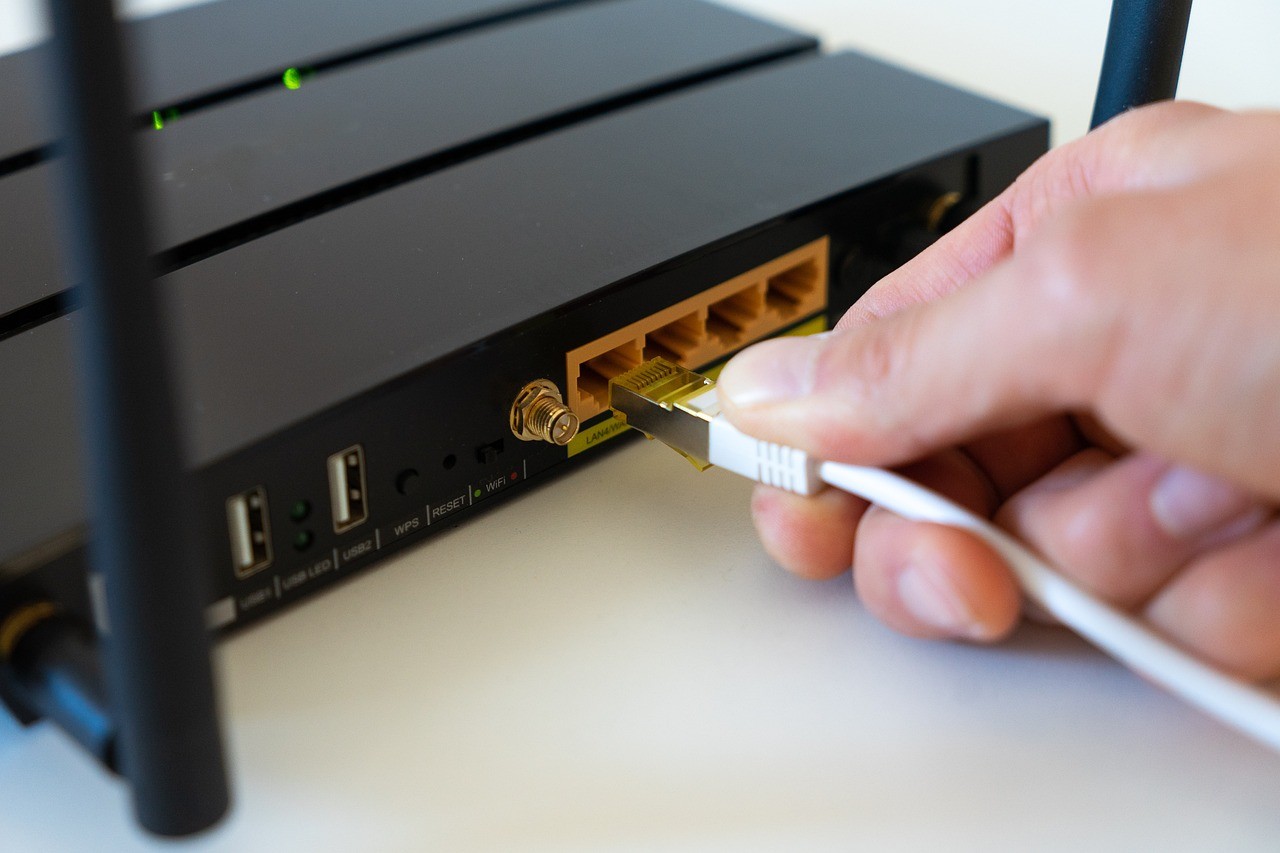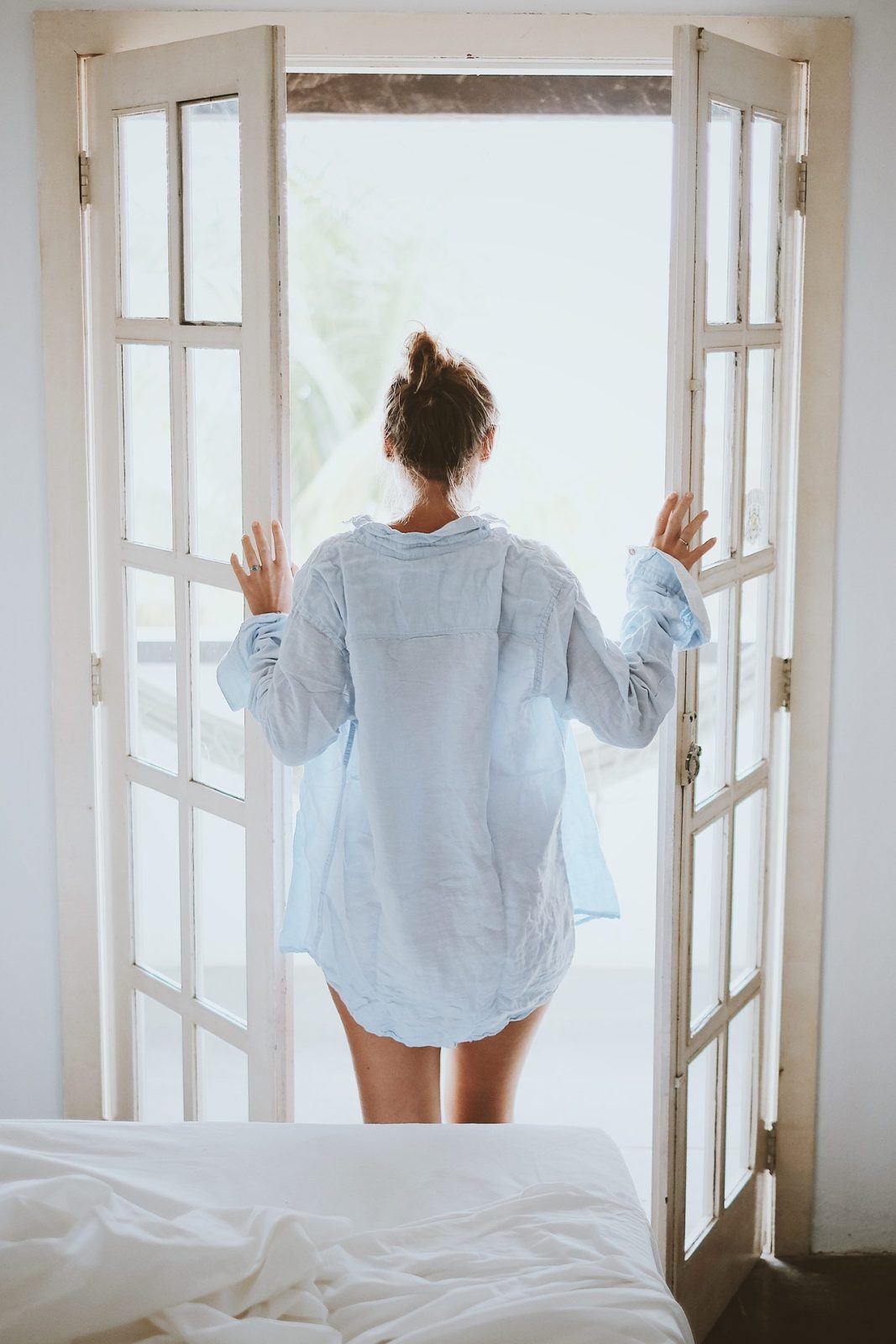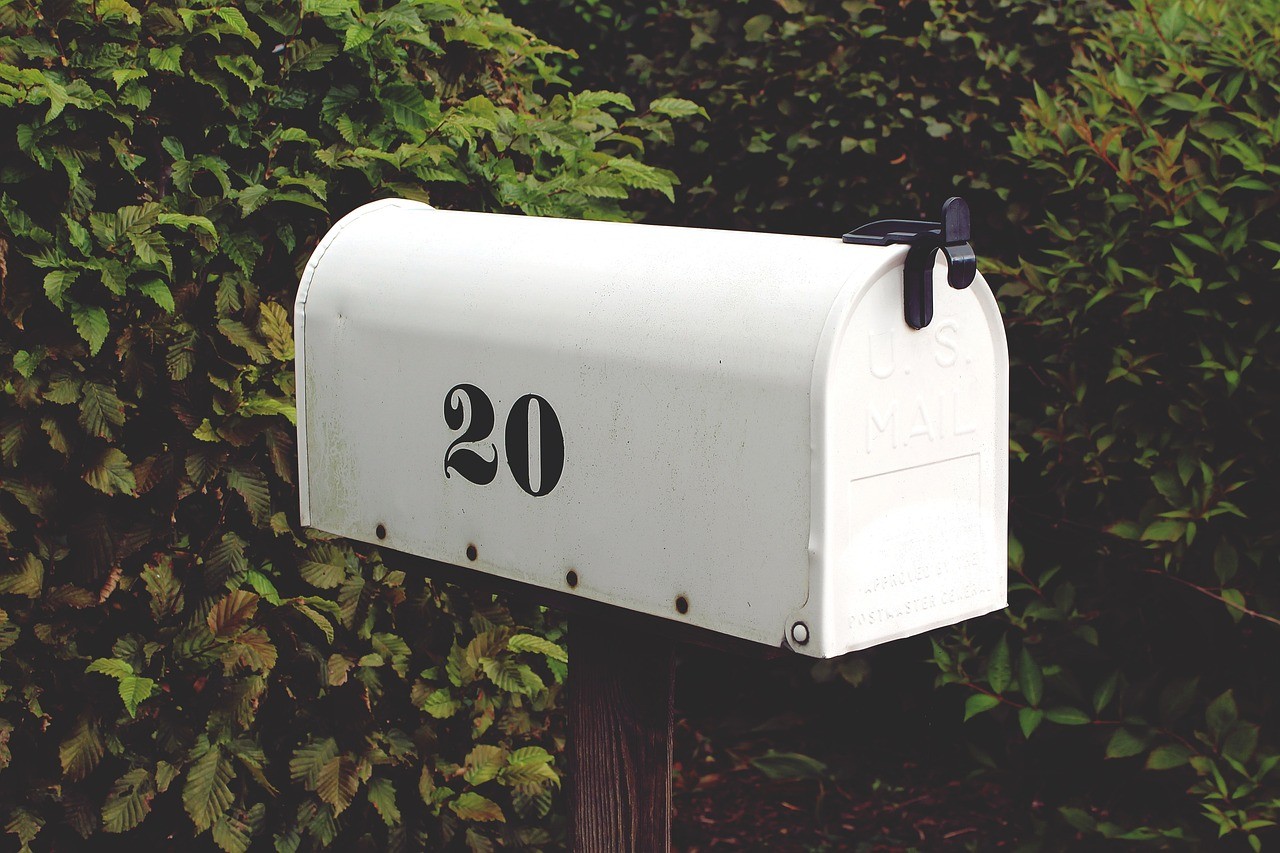Perhaps you looked up how to connect a security camera to your TV and got really confused. It’s actually not that difficult. The thing is that there are so many different types of connections on cameras, televisions, and other components you may need to include.
Take a deep breath. We’re going to simplify the matter.
How to Connect an Analog CCTV Camera to a TV
First, we’ll see what you need. Then we’ll dive right into the connection.
What Do You Need To Connect Your Camera To Your TV
First, check your analog CCTV camera’s specifications to see if it requires regular coax cable or BNC cable. The difference between the two is that the BNC cable transmits the signal from the camera to the TV and provides the power the camera needs to operate.
Regular coax only transmits the signal. Cameras that connect with coax either plug into a standard electrical outlet or are directly wired into your home’s or business’s electrical system.
If your camera is a BNC model, you’ll need:
- Your camera
- Enough BNC cable to run from your cam to your TV
- The DC power supply that was included with your camera
- A BNC-to-RCA adapter
If your camera takes regular coax, you’ll need:
- Your camera
- Enough coax to run from your camera to your TV
- If you’ll be using your TV’s RCA input, you’ll need a coax-to-RCA converter box
- And convert coaxial to RCA
Now that you know what you need, we’ll jump into the connection.
How To Install Your BNC Security Camera To Your TV
Get your cables, DC power adaptor, and converter. Let’s hook up your analog CCTV camera.
Step 1: Mount Your BNC Camera
Skip this step if you’ve already mounted your security cam to its permanent perch.
Choose a mounting spot that will give you the best view of the area that you want to keep an eye on. But it’s hard to judge the perfect position if you can’t see the image.
One thing you can do is just place the camera in the general spot where you think you want it, but don’t permanently attach it to anything.
That way, you can move the camera a few inches this way or fine-tune its position after you get it hooked up to your TV.
If you’re going to be using screws to secure your cam to a wall, for example, just tack it into place with a couple of nails at first. Once you are sure of the final position you want, then you can securely screw it into place. That’ll save you a lot of work in the long run, and you’ll still get the best camera placement.
Step 2: Connect The BNC Cables To The Camera
Hook the camera’s end of your BNC cables into the camera’s BNC port.
Make sure you connect the right ends here. The power cord of the BNC is different on each end.
So plug the power supply BNC line into the camera first. If it fits, you have the correct end of the BNC cables in your hand.
After you push the power line into place, go ahead and connect the video feed line of the BNC cables to the camera.
It may screw into place, or it may just push into place. It depends on the style of your particular set of BNC cables.
Quick-connect BNC cables, just like quick-connect coax, will push into place over the threads on the camera’s video port. Make sure it’s pushed all the way on. If your BNC cables are screw-on, don’t use any tools to tighten them. Get it finger-tight. Using pliers may strip the cable end or, even worse, the camera’s connection port.
Step 3: Run Your Cables
Now you have to route your BNC cables from your camera to your TV.
Get some wire hangers if you need them. A wire hanger is basically a strip of plastic with a nail on each end. You place the strip over your cables and tap the nails into the wall.
Of course, you may want to be more proactive in hiding the cables. Go for it. Just be safe when working with saws and drills.
Step 4: Connect Your BNC Cables To Your Converter
Your converter should be next to or behind your TV. Plug or thread the video line of your BNC cables into your BNC-to-RCA converter’s input port. Remember not to use any tools for this.
[su_youtube url=”https://www.youtube.com/watch?v=9mEWavXONr8″ height=”300″]
Step 5: Connect The Power Source To The Camera
Now plug the end of the DC power adaptor that was supplied with your camera into the end of your BNC cable’s power line. Be sure it’s pushed all the way in. Plug the other end of your DC power supply into a wall outlet.
Step 6: Connect Your Converter To Your TV
The cables that came with your BNC-to-RCA converter, or the ones you bought for them, should have three separate lines. The yellow one is for video. The red and white ones are for audio.
If your camera doesn’t have a microphone, you’ll only really need to use the yellow video line. Plug it into the yellow RCA video jack on the back of your TV.
If your camera does have a mic, plug the red and white lines into their respective color-coded RCA audio jacks. Now plug your BNC-to-RCA adaptor into the wall. At this point, you should be ready to go. Now you can have some fun playing with your camera’s settings.
How To Install Your Coax Security Camera To Your TV
Most home security cameras today use BNC cables, but not all of them do. A lot of older ones use coax as well. Here’s how to connect this type of camera. Grab your coax. This is gonna be pretty easy.
Step 1: Mount Your Coax Camera
In the section above, about how to hook up a BNC cam, we talked about why it’s sometimes a good idea to make all of the required connections before permanently installing the cam. Check out step 1 above.
One key consideration to factor in when you choose a location for your coax camera is power. These cameras aren’t powered from an outlet near the TV like BNC cameras are. They are powered by a dedicated power cord.
Step 2: Connect Your Camera’s Power Supply
Hopefully, there’s an outlet very close to where you want to mount your cam. You could always run an extension cord, but that can look a bit unruly. And extension cords aren’t recommended for any type of permanent installation because of the fire hazard.
The best option is to directly wire your cam into your electrical system. This should be done by a pro or at least someone who knows what they’re doing. At any rate, either plug your camera into an appropriate receptacle or have it wired in.
[su_youtube url=”https://www.youtube.com/watch?v=OqlX2RyJUa8″ height=”300″]
Step 3: Connect Your Coax To Your Camera
Quick-connect coax cables have ends that push into place over the threads of the camera’s video outlet. Regular coax cables will thread on finger-tight. Don’t use any tools to tighten coax cables, or you may strip the threads.
Step 4: Run Your Coax
Now you have to route your coax from your cam to your TV. Try to keep it tidy. This doesn’t just look better. It’s safer. Use wire hangers.
Step 5: Connect Your Coax To Your Coax-to-RCA Converter Box
If your TV has a coax jack that’s not currently in use, you can connect the coax that leads from your camera directly to your TV.
But keep in mind that you may want to go ahead and use your RCA jacks if you already have something connected to your TV via its coax jack.
Just thread your coax onto your converter’s coax jack. Go ahead and plug your converter into a wall outlet, if you’re using it.
Step 6: Connect Your RCA Cables To Your TV
The yellow wire goes into the yellow jacks on your TV’s RCA port and your RCA converter. If your camera has audio capabilities, you’ll want to be sure to plug the red and white RCA audio wires into their jacks too. That’s it. Now you’re all hooked up.
[su_youtube url=”https://www.youtube.com/watch?v=I6h5_CaaYs4″ height=”300″]
Conclusion
It’s not hard to connect a security camera to your TV. Anyone can do it. All you need is the right cables and adaptors. As far as time goes, it could take a matter of minutes or a few hours. It depends on how big of a job it is to mount your camera and route its cables.
Since you’ll likely be screwing either coax or BNC cables onto jacks, it bears repeating that you should only make these connections finger-tight. You don’t want to strip any threads. That could ruin your camera or one of your adaptors or converters.



